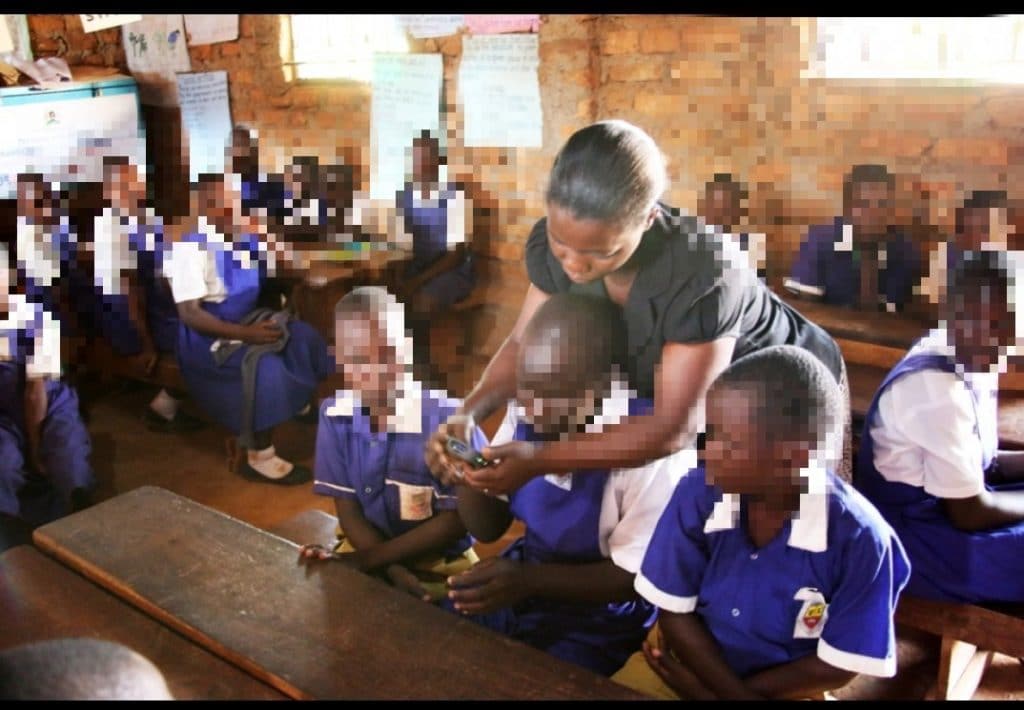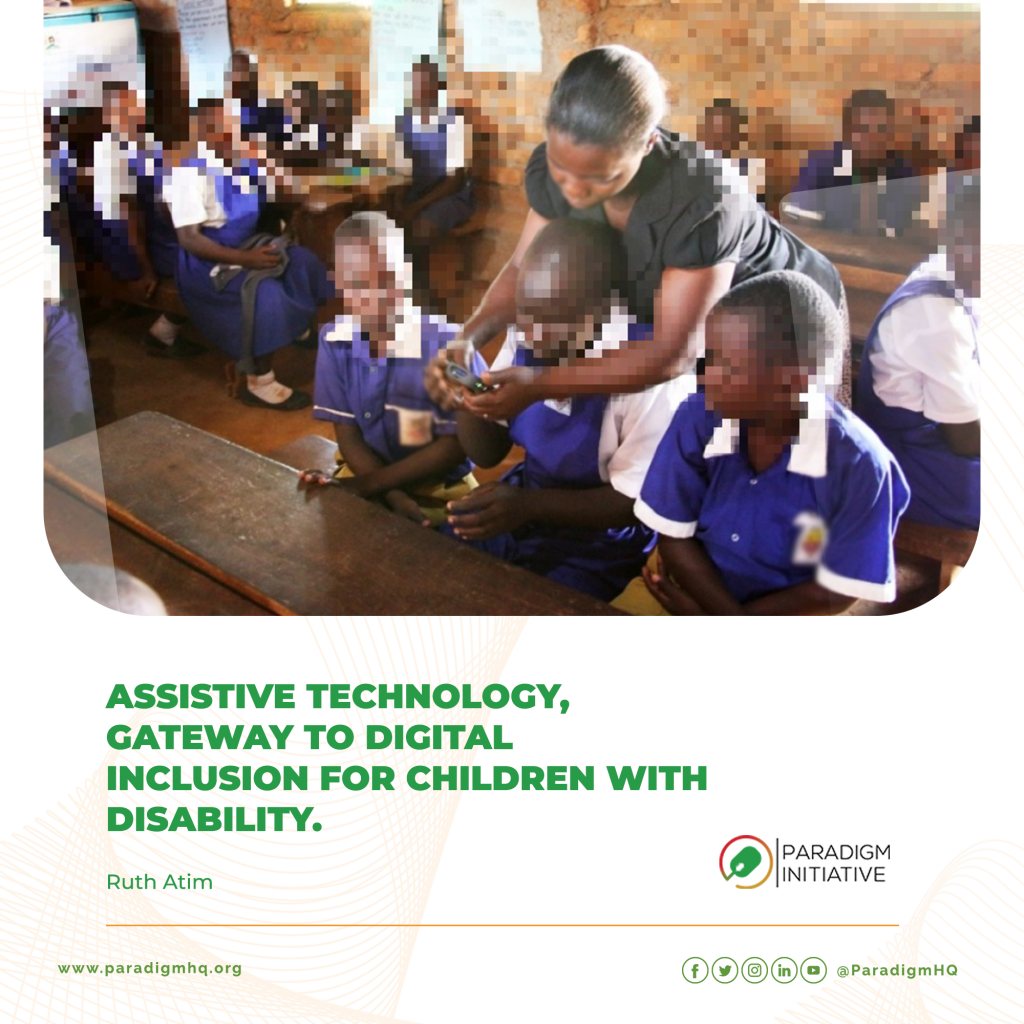The use of education technology has grown and Tech solutions have penetrated most facets of education service delivery as there is an increasing agreement that technology can help make education more effective, efficient and equitable.
Evidence has shown that digital technology has transformed children’s lives and these changes have impacted education and learning of digital skills and competencies needed for these children to participate effectively and safely online. Nevertheless, little attention has been given to how disabled children have incorporated digital technologies into their everyday lives and this is problematic because there is a need to ensure that disabled children can access and benefit from the potential opportunities of digital technologies alongside their peers.
It is also essential that disabled children have access to the same opportunities to participate in society as their peers. A key aspect of this is how they are included in schooling to access the curriculum and learn to socialise and their use of digital technologies.
UNICEF together with the Ministry of Health in Uganda partnered on a project that aims to provide support and overcome barriers to education through assistive technology and to develop the evidence base for how technology helps inclusion in the classroom.
Assistive Technology could be our only hope as it involves devices and services that one can use to increase, maintain, or improve the capabilities of a child with a disability. It also helps children with learning disabilities to bypass a challenging task such as handwriting.
Assistive technology means products, devices and related services that improve the functional environment of people with disabilities. It is instrumental for children’s development and health, as well as for participation in various facets of life.
Wadimo Joy has been a special needs teacher for the last 26 years and believes assistive technology is a blessing to the growing minds of children with disabilities in Uganda today.
“In 2017, one of my students with disabilities received a better score than all the other candidates in the Primary School finals, and I know this success was due to the full-time availability of the assistive he uses,” says Joy with a wide smile.
Kamurasi Demonstration school where joy teaches is one of the many pilot schools using assistive technology in teaching and learning for young children and it has helped in managing an inclusive class. For example, one will need audio materials for pupils who are blind or have low vision and one needs to be able to project sign language videos for pupils who are deaf, this has been able to enrich the learning experience for all children with disabilities.
Oloya Byron (not real names), a child with a disability at Kamurasi Demonstration school says he has improved a lot since the introduction of technology devices as he can listen to lessons later during his revision time.
“Previously, it was difficult as there was no reference to what you were not able to grasp during the lesson,” adds Oloya Byron.

(Oloya Byron, a 12-year-old pupil in Primary Five with a hearing impairment, explaining how the devices have been useful to him.) Photo Credit UNICEF/2019
Juliet Karungi, also a teacher at the school says that “assistive devices have enhanced learners’ knowledge ad they can now use a computer to access curriculum content and read Braille very well.”
Braille is a form of written language for blind people, in which characters are represented by patterns of raised dots that are felt with the fingertips.

(Teacher Juliet Karungi helping a class to access audio texts book from the Victor Reader) Photo Credit UNICEF/2019
Chris John Ninsiima the Chief Executive Officer of The National Union of Disabled Persons of Uganda (NUDIPU) says they plan to roll out assistive technology to all schools and institution that has persons with disability.
Statistics
About 16% of Ugandan children have a disability, most of them don’t only attend school but also cannot transition from one educational level to another.
There are 172,864 children with special needs in primary schools, which is 2.0% of total primary level enrollment and 9% of the overall children with special needs.
Out of over 1,370,583 students enrolled annually in a secondary school in Uganda, 8,945 students (0.6%) have special learning needs. Visually impaired students comprise the largest share of these students, followed by those with physical disabilities and they still remain one of the most marginalized and excluded populations and, for them, access to quality education can often be challenging.
These statistics are worrying and threaten the human right of these children, because “Digital rights, are also a human right.”
Conclusion:
In comparison to other interventions, assistive technology may have a significant effect in helping children with disabilities progress towards the goals outlined on their Individual Education Plans as it can help the student learn how to complete the task and it can help to bypass an area of difficulty. For example, when a student decides to listen to a digital version of a book, they are bypassing an area of difficulty. However, if the student focuses on the computer screen as highlighted words are read aloud, they can learn unfamiliar words.
Assistive technology has the potential to play a significant role in helping to bridge the digital divide between abled and disabled children by facilitating access to education, increasing participation, and supporting achievement for children with disabilities. This can directly support these children and can also be used to support schools and teachers to be more inclusive of all learners and eventually bridge the digital divide between abled and children with disabilities.
By Ruth Atim | Digital Rights and Inclusion Media Fellow


